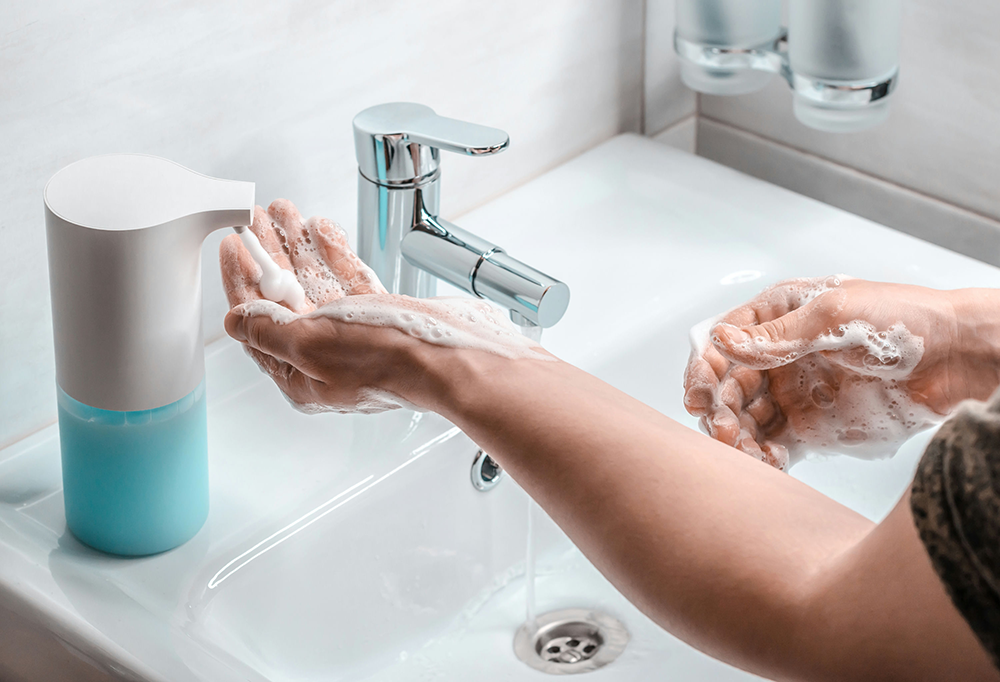
Teens living with both obsessive-compulsive disorder (OCD) and addiction face unique emotional and behavioral challenges. OCD creates intense, unwanted thoughts and rigid routines that can feel impossible to ignore. Addiction often becomes a way to escape these overwhelming feelings—but it also makes OCD symptoms worse over time.
At the Ohio Center for Adolescent Wellness, we treat both conditions together through personalized therapy, medication management, and daily coping skills. Our teen-focused programs help young people build healthier thought patterns and learn to live without relying on substances.
The Link Between OCD and Addiction
For many adolescents, OCD and addiction are deeply connected. OCD can cause endless worry, intrusive thoughts, and the urge to repeat certain actions. These behaviors are driven by fear—like the fear of germs, making a mistake, or something bad happening. Without effective OCD treatment, the pressure to follow rituals or stop scary thoughts becomes overwhelming.
To cope, some teens turn to alcohol, marijuana, or pills for quick relief. These substances may seem to help at first, but they interfere with brain function and emotional regulation. They can dull anxiety for a few hours, but they disrupt sleep, increase impulsivity, and make obsessive thoughts worse in the long run. As tolerance builds, teens may use more often just to avoid crashing or panic. This cycle can deepen both OCD and addiction, making recovery harder without integrated care.
Signs and Symptoms of OCD

OCD typically begins when someone is still a child or teenager. It causes distressing thoughts that don’t go away and behaviors that feel impossible to stop. These symptoms can seriously affect a teen’s focus, mood, and ability to enjoy daily life.
Common Obsessions (Unwanted Thoughts or Fears)
- Fear of Germs or Contamination: Teens may feel terrified of getting sick or spreading illness, even after washing or cleaning repeatedly.
- Fear of Harming Others or Themselves: Some may worry that they’ll accidentally hurt someone, even if they would never actually do it.
- Need for Things to Be “Just Right”: They might feel overwhelmed if items are out of order, uneven, or misaligned—even if it seems small to others.
- Intrusive Violent or Sexual Thoughts: These are upsetting mental images or ideas that come without warning and cause guilt or shame.
- Fear of Forgetting Something Important: Teens may obsess over whether they left the door unlocked or didn’t complete a task correctly.
Common Compulsions (Repetitive Behaviors or Actions)
- Excessive Handwashing or Cleaning: Some teens may wash their hands dozens of times or clean items repeatedly to feel safe from germs.
- Checking Things Over and Over: They might check locks, lights, or homework repeatedly to stop the fear that something bad will happen.
- Repeating Words or Actions: This includes tapping, counting, or saying phrases silently to stop bad thoughts or prevent harm.
- Organizing or Arranging Things Perfectly: Teens may spend hours lining up objects until they “feel right,” even if it makes them late or stressed.
- Asking for Reassurance Constantly: They might ask the same question many times to ease doubt, like “Are you sure I didn’t hurt someone?”
Signs and Symptoms of Addiction
Addiction in teens  can look different from adults. Many teens use substances to escape stress, anxiety, or emotional pain. Over time, this use can become a pattern that feels impossible to stop—even when it causes harm.
can look different from adults. Many teens use substances to escape stress, anxiety, or emotional pain. Over time, this use can become a pattern that feels impossible to stop—even when it causes harm.
- Changes in Mood or Behavior: Teens may become more irritable, angry, anxious, or withdrawn without a clear reason.
- Loss of Interest in Hobbies or School: They might stop caring about activities they once loved or see their grades suddenly drop.
- Secretive or Dishonest Behavior: Lying about where they’ve been, who they’re with, or hiding items related to drug or alcohol use is common.
- Physical Changes: Watch for red or glassy eyes, rapid weight fluctuations, unexplained nosebleeds, or neglecting personal care.
- Risky or Impulsive Decisions: They may drive under the influence, skip school, or get into fights they wouldn’t normally start.
- Needing More to Feel the Same Effect: This is called tolerance—when they use more of the substance just to feel normal or calm.
- Withdrawal Symptoms When Not Using: Teens may feel shaky, depressed, nauseous, or anxious if they go too long without using.
- Changes in Sleep or Appetite: They might sleep too much, not at all, or eat far more or far less than usual.
The Benefit of Treating OCD and Addiction Together
When OCD and addiction happen together, treating only one issue can leave teens stuck in a harmful cycle. Dual treatment helps both the root problem and the coping behavior. Addressing them together leads to better, longer-lasting recovery.
Teens with OCD might use drugs or alcohol to quiet their racing thoughts or calm overwhelming worries. But over time, drugs or alcohol make OCD symptoms worse, which increases substance use. This cycle can deeply affect brain development, emotional regulation, and school performance. Treating both disorders at once interrupts this pattern. It helps teens build healthier thought habits and regulate their emotions without needing substances.
- Improved Emotional Stability: Teens learn how to manage overwhelming thoughts without turning to substances or harmful habits.
- Reduced Risk of Relapse: Treating both OCD and addiction lowers the chances of one condition triggering the other again.
- Stronger Coping Skills: Therapy teaches practical ways to handle fear, anxiety, and cravings without shutting down.
- Healthier Relationships: Teens start communicating better and feel less shame, guilt, or isolation from friends and family.
- Personal Growth and Confidence: They begin to believe in their ability to change and take control of their future.
Dual Diagnosis Treatment
Dual diagnosis care treats both OCD and addiction together, not separately. It looks at how both issues affect a teen’s mind, body, and behavior. Teens don’t just get help for one problem—they learn how both conditions work together and how to heal both.
This treatment includes therapy, education, medical care, and family support. It helps teens stop using substances while also calming obsessive thoughts and rigid behaviors. Dual diagnosis care is more effective because it treats the full picture—not just the symptoms. It also helps teens feel seen, understood, and safe during recovery. Teens with OCD and addiction need a plan that’s tailored to both struggles, not just one or the other.
At this age, the brain is still developing, especially in areas that manage impulse control and emotional regulation. Ignoring one condition can delay brain healing and increase long-term risk for relapse, depression, or self-harm. Dual diagnosis care addresses this early and gives teens tools that protect both mental health and recovery as they grow.
Our Approach to Dual Diagnosis

At the Ohio Center for Adolescent Wellness, we treat each teen as a whole person. Our dual diagnosis program is built for teens with OCD and addiction. We create a plan that addresses emotions, behavior, family life, and daily challenges.
Individualized Care Plans
Every teen’s story is different. That’s why we create treatment plans that reflect their unique needs, strengths, and goals. We adjust these plans as the teen grows and improves.
Integrated Mental Health and Addiction Services
Our therapists, medical staff, and counselors work together as one team. This means a teen’s OCD and addiction are treated side by side. Teens don’t have to bounce between separate programs or feel split in two.
Evidence-Based Therapies
We use proven therapies like CBT, DBT, and exposure therapy. These help teens challenge obsessive thoughts and manage urges to use. We also teach healthy coping tools they can use every day.
Family Involvement
Families are part of the healing process. We guide parents on how to support recovery without enabling old habits. This helps build trust and reduce conflict at home.
A Teen-Friendly Environment
We build an environment where young people feel valued and protected. Our staff understands adolescent development and emotional needs. Teens are met with kindness, patience, and real support.
Why Teens and Families Choose the Ohio Center for Adolescent Wellness
Facing OCD and addiction can feel scary and overwhelming for both teens and parents. You shouldn’t have to face this challenge by yourself. At Ohio Center for Adolescent Wellness, we specialize in treating teens with compassion, clarity, and real results.
What makes us different? We don’t separate mental health from substance use—we treat both with equal care. Our team understands the unique pressure teens face, and we build relationships based on trust and respect. We offer a calm, structured setting that supports long-term healing—not just quick fixes.
Our programs are built around the teen’s whole life—school, family, health, and identity. We partner with parents every step of the way, with frequent updates and helpful tools. Getting help here isn’t just about treatment—it’s about giving your teen a chance to grow, heal, and thrive.
If your teen is struggling with OCD and addiction, we’re here to help. Reach out to us today to learn more about our programs, speak to a caring team member, or schedule an assessment. A single step can begin the healing process—and we’re here when you’re ready.


